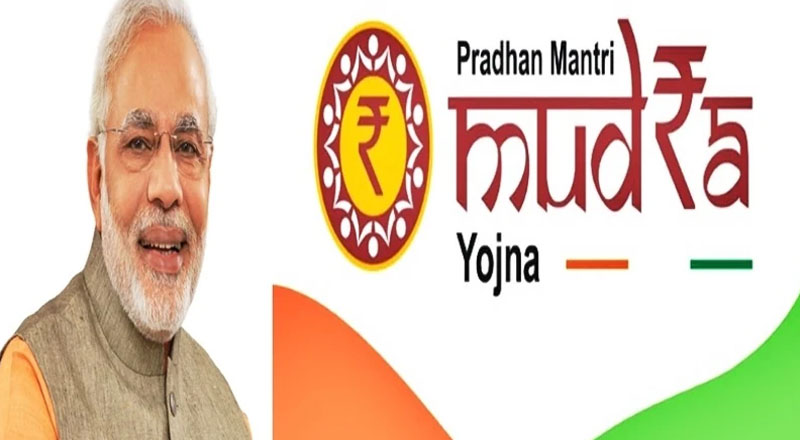A Vision for Inclusive Entrepreneurship
Launched on April 8, 2015, the Pradhan Mantri MUDRA Yojana (PMMY) was envisioned as a people-centric scheme designed to empower individuals—particularly those from underserved sections of society—to become self-reliant entrepreneurs. Spearheaded by Prime Minister Narendra Modi, the initiative aimed to provide collateral-free institutional credit to small and micro enterprises, which often lacked access to formal banking channels.
What began as a modest effort to unlock economic opportunities for the “unfunded” has now, after ten years, become a nationwide movement. As of 2025, over ₹33 lakh crore worth of loans have been sanctioned, with women constituting more than 70% of beneficiaries. The scheme has grown in both scope and ambition, mirroring the aspirations of a new, self-confident India.
The Core of MUDRA: Financial Inclusion with Dignity
Under PMMY, loans are extended to non-corporate, non-farm small/micro enterprises through Member Lending Institutions (MLIs) such as scheduled commercial banks, regional rural banks, small finance banks, NBFCs, and microfinance institutions. The scheme currently offers four loan categories to meet different stages of a business’s lifecycle:
- Shishu: Loans up to ₹50,000
- Kishore: ₹50,000 to ₹5 lakh
- Tarun: ₹5 lakh to ₹10 lakh
- TarunPlus: ₹10 lakh to ₹20 lakh
These loans are aimed at supporting income-generating activities across sectors like trading, manufacturing, services, and even agriculture-allied businesses. The design of these categories helps businesses scale in a phased and structured manner.
Transforming Lives: Stories of Empowerment
To commemorate the scheme’s 10-year anniversary, Prime Minister Modi hosted a heartfelt interaction with selected MUDRA beneficiaries at his residence in Delhi. He praised their journeys and highlighted how the scheme had given rise to a new wave of entrepreneurs who are no longer job seekers but job creators.
“Every Mudra loan carries dignity, self-respect, and opportunity with it,” said PM Modi, adding that MUDRA is not just a financial scheme but a tool for social inclusion and economic independence. He particularly emphasized that a majority of beneficiaries come from marginalized communities, with SC, ST, and OBC entrepreneurs forming a significant portion of the total.
One of the most inspiring aspects of MUDRA is the role it has played in women’s empowerment. Over 70% of the loans have been availed by women, many of whom have not only established businesses but also repaid their loans ahead of schedule—demonstrating both entrepreneurial zeal and financial discipline.
From ₹13 Lakh Crore to ₹49 Lakh Crore: A Decade of Steady Growth
The scale of the MUDRA Yojana’s success is reflected in its numbers. In its inaugural year (2015–16), the government disbursed approximately ₹13 lakh crore. By the fiscal year 2024–25, this figure has grown exponentially to ₹49 lakh crore, showcasing the trust placed in the scheme by both lending institutions and the public.
This remarkable growth illustrates the evolving needs of India’s grassroots entrepreneurs and the government’s continued commitment to nurturing them through sustained policy support and ecosystem development.
Looking Ahead: Strengthening the Foundation
Prime Minister Modi reassured the beneficiaries that the government would continue to review and improve the scheme to keep it relevant in changing times. The focus remains on building a robust credit ecosystem that supports aspiring entrepreneurs from all walks of life.
By ensuring easy and equitable access to finance, the scheme aims to unlock the untapped potential of millions, enabling them to participate meaningfully in the country’s economic progress.
A Hopeful Road Ahead for People-Centric Schemes
As MUDRA Yojana completes a decade of empowering the masses, it stands as a testament to what targeted government initiatives can achieve when paired with strong execution and public participation. The journey from financial exclusion to inclusion, from helplessness to self-reliance, is the story of modern India.
With continued commitment to such people-oriented schemes, the future holds promise for an India where every aspiring entrepreneur finds not only opportunity but also the support to rise and thrive. Here’s to another decade of innovation, inclusion, and inspiration.
(With inputs from agencies)





